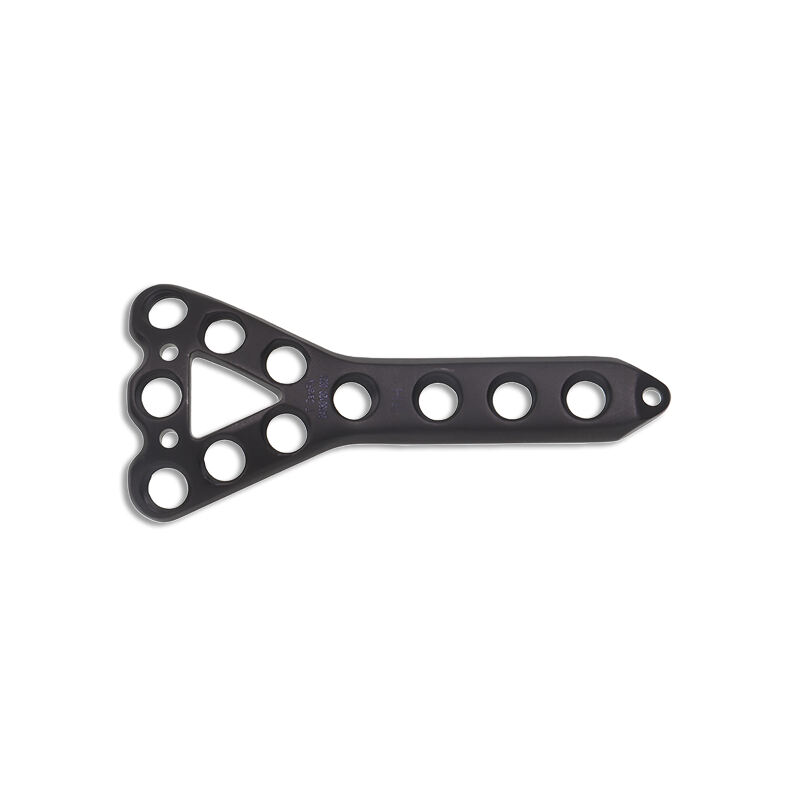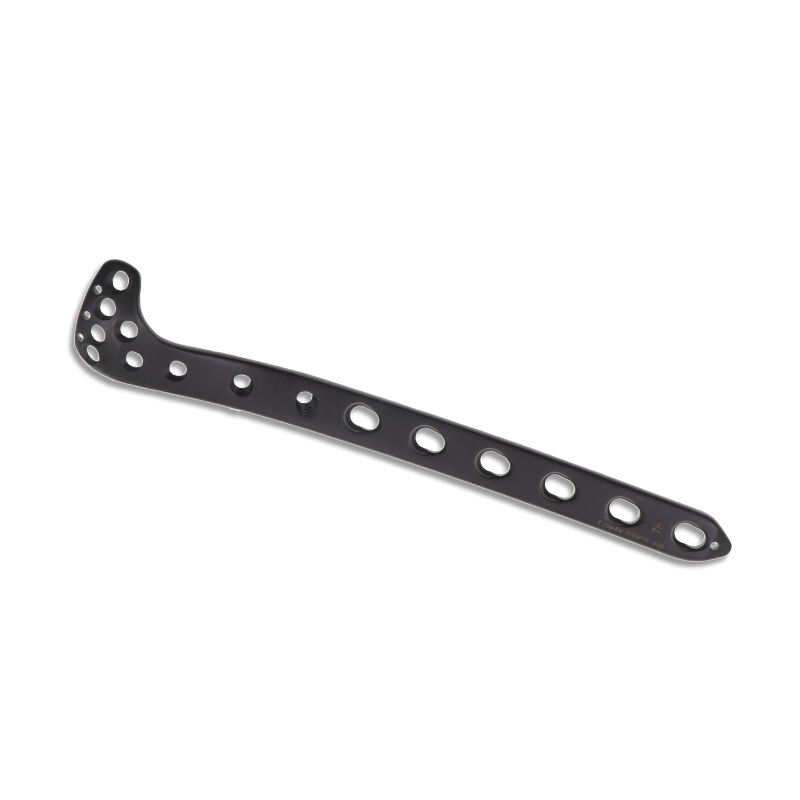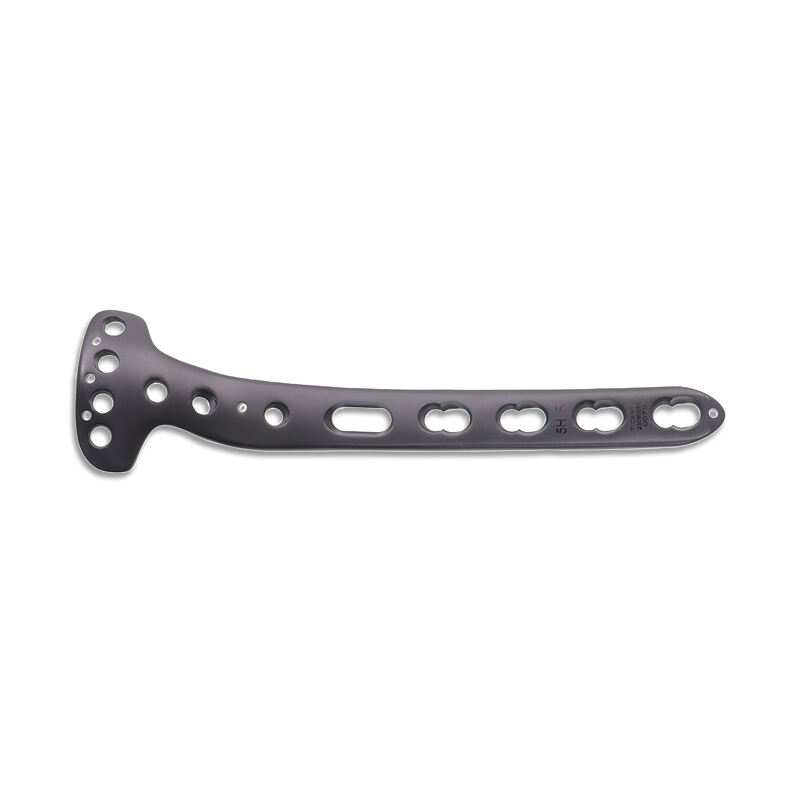Enhanced Healing Mechanism
The tibia plate incorporates innovative features that actively promote the natural healing process. The plate's design includes specific compression zones that help maintain optimal contact between fracture fragments, stimulating proper bone formation. The carefully calculated stiffness of the plate allows for micro-motion at the fracture site, which research has shown to be beneficial for bone healing. The underside of the plate features specially designed channels that preserve periosteal blood supply, crucial for bone regeneration. This attention to biological factors, combined with mechanical stability, creates an ideal environment for fracture healing, potentially reducing recovery time and improving overall outcomes.


